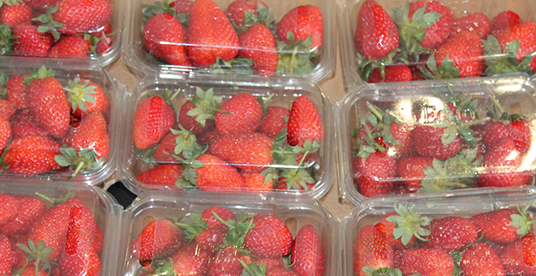The new concept bins, manufactured in Wellington by AE Tilley, are the first in New Zealand to bring together a range of features to make it easier for people to recycle. These include national consistency about the colour of the bins; use of multiple languages and clear signage; as well as utilising technology to reduce overflow and make collection systems more efficient.
The campaign has been developed by The Packaging Forum which promotes recycling under the Government’s Love NZ brand and The Auckland Litter Prevention Steering Group which manages the Be a Tidy Kiwi brand. This is also supported by many councils around the country and the New Zealand Transport Agency and KiwiRail.
Richard Leckinger, Program Manager for Be a Tidy Kiwi says “The bins’ design owes much to the concepts developed by Wellington City Council to create “bin-frastructure”, which gets people to the bins and minimises contamination,” says Leckinger.
“In the past, bins have been designed to be part of the streetscape and blend in, when what we have needed are eye-catching bins that use the recycling and waste colours which have been agreed nationally.”
“The red rubbish bins book-end the recycling bins because this is proven internationally to reduce contamination with people typically using the first bin they come to if they are uncertain of whether something is recyclable or not. As well as introducing standard colours, pilot regions have also chosen signage including Chinese, Korean and Japanese as well as English and Te Reo.”
Lyn Mayes, Project Manager for The Packaging Forum says that one of the main reasons preventing organisations from installing recycling bins, is contamination, “Early signs from Queenstown Lakes, Marlborough and Tauranga are that volumes collected in the recycling and rubbish bins are higher than in “standard” bins and contamination levels in the recycling bins are lower,” says Mayes.
“An audit of these new bins in Tauranga by Waste Watchers found that only 14% of materials placed in the recycling bins were not recyclable, whilst 27% of materials placed in the rubbish bins were recyclable. If people don’t know whether their waste is recyclable it is better that they use the rubbish bin as a default – or they can check out what goes where on our Waste Time App.”
“Our houses and cars are getting smarter and so are our bins. Each recycling and rubbish bin has an EYEFI unit which provides an alert system to the collector so that they are emptied on demand not on a schedule. This improves the efficiency of collections particularly in tourist regions and where councils are servicing distant locations.”
Wellington City Council Mayor Justin Lester is pleased to see this pilot project being trialled in the capital as it aligns with the Eco and Dynamic Central City objectives proposed in Our 10-Year Plan.
“These smart bins will help us proactively respond to the environmental challenges of littering and reducing waste going to our landfill. It also supports our strategic vision of a Dynamic Central City as the bins and innovative EYEFI technology were developed by local manufacturers AE Tilley.”
The $2.4 million project has received $1.72 million funding from The Government’s Waste Minimisation Fund with a national advertising and consumer awareness campaign “Let’s put litter in its place – it’s just how we do things around here” supporting this investment in infrastructure.
Councils and organisations interested in being part of the next pilot programme should contact The Packaging Forum.
The “Litter Less Recycle More’ campaign brings together the Government’s Love NZ brand which is promoted by The Packaging Forum and the Be a Tidy Kiwi brand, which is managed by The Auckland Litter Prevention Steering Group.
